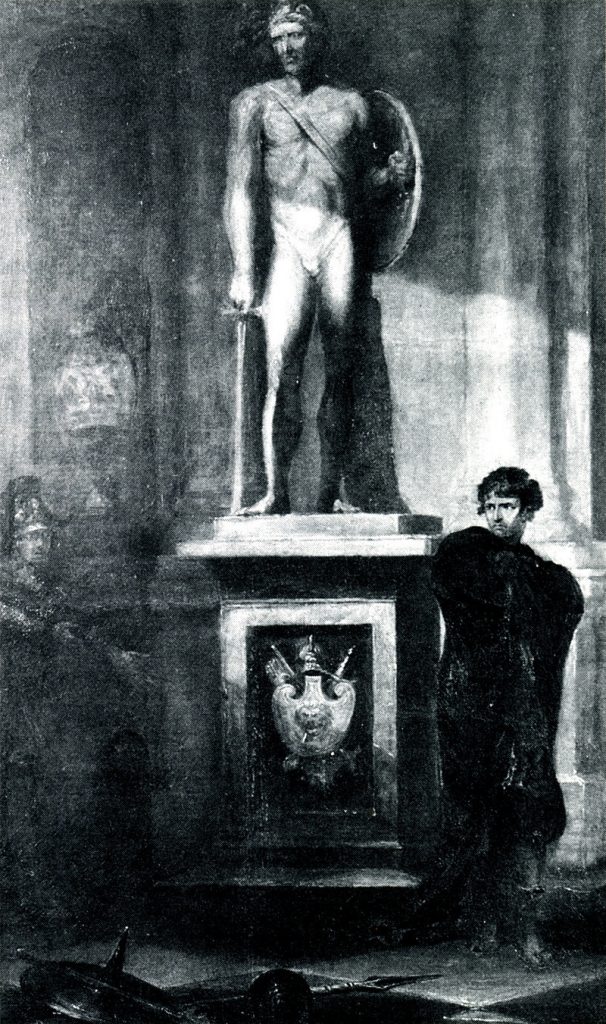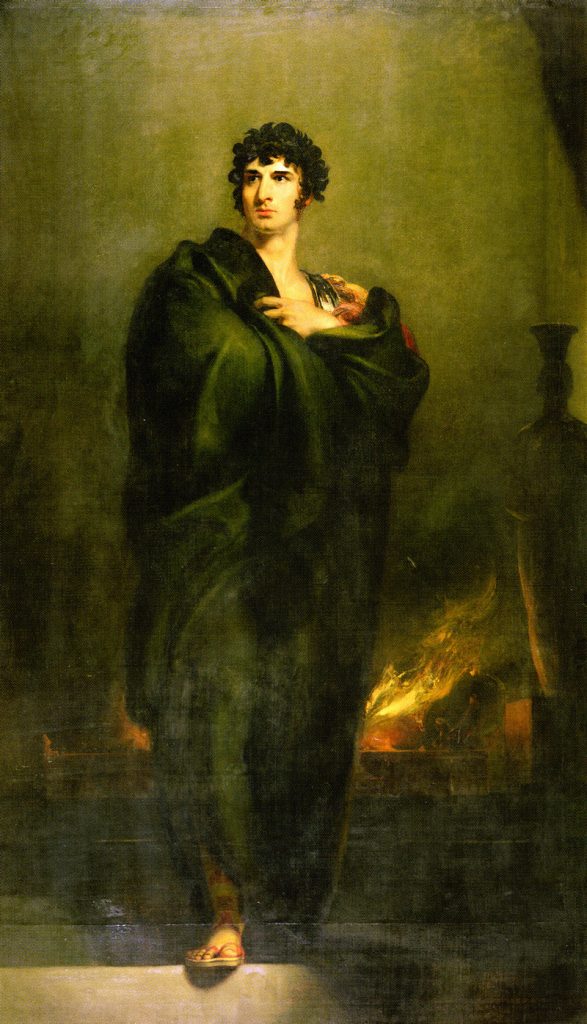DEM20101231
Stefano Geraci
Abstract
Tra la fine del Settecento e primi anni del secolo successivo i nuovi attori che s’impongono sulla scena europea dedicano al costume di scena, ispirato spesso al gusto neoclassico e all’antico, una attenzione filologica inconsueta nei teatri commerciali. È il segnale di un mutamento più profondo. Quell’attenzione non è una solo una mostra d’arte figurativa esposta in sintonia col gusto dei tempi, ma l’allusione a un tempo di produzione del personaggio eccedente le pratiche artigianali dei teatri mercantili. A partire da questa osservazione, il saggio descrive i nuovi orizzonti mentali e percettivi entro cui viene osservata la forma vivente delle opere dei nuovi attori.
Between the end of the seventeenth century and first years of the following century, the new actors on the European scenes dedicate a philological attention to the theatrical costume inspired to the ancient and neoclassic taste. This philological care is unusual in the commercial theatres and it is the sign of a deeper change in the creative process of the actors. It is at once a new exhibition of art following the taste of the times. But it is mainly the reference to the new creative process of the characters over the practices used in the merchant theatres. Beginning from this observation, the essay describes the new mental and perceptive horizons of the new actor’s process.

Francis Bourgeois, Kemble come Coriolano (1797). 
Thomas Lawrence: John Philip Kemble come Coriolano (1798). 
Engel (ed francese 1788, tavola 22).
 Scarica l’articolo completo:
Scarica l’articolo completo:
